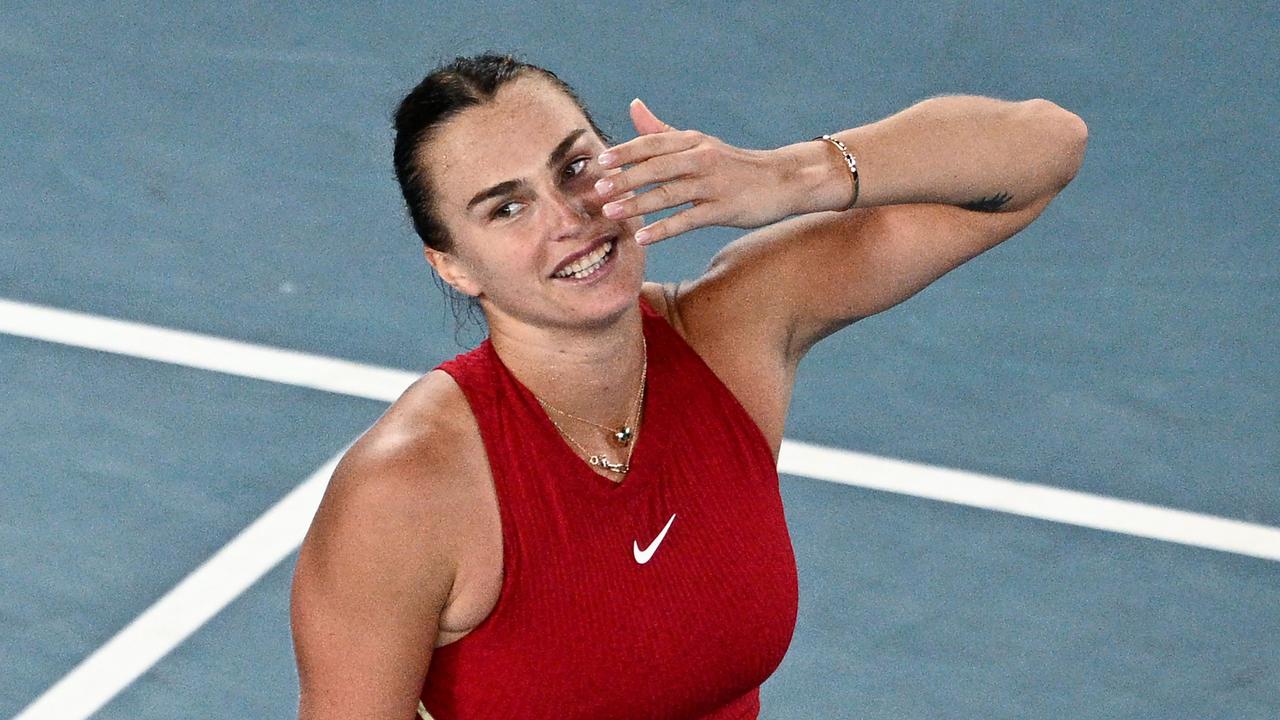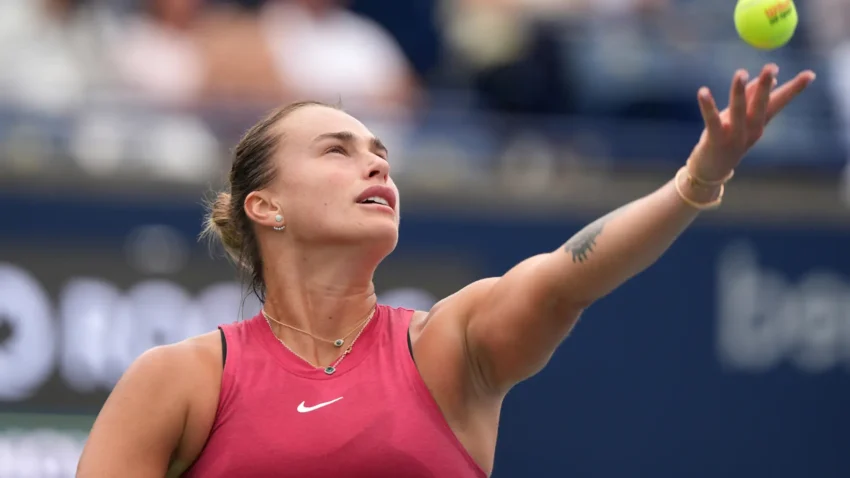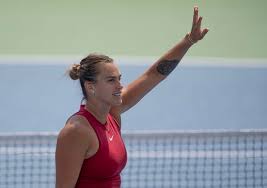Aryna Sabalenka has never been one to shy away from challenges. Known for her power-packed serves and aggressive baseline play, the Belarusian superstar faced significant ups and downs in the first half of her 2024 tennis season. However, as the year winds down, Sabalenka has not only regained her footing but is also being hailed for a remarkable comeback. Her transformation has less to do with technical adjustments and more to do with a strategic mental shift—a testament to her evolving approach both on and off the court.
In her own words, Sabalenka has admitted that “tennis isn’t always the answer.” This simple yet profound realization has reshaped her game and her perspective, fueling her resurgence in a way few could have anticipated.
A Rollercoaster Start to 2024
Coming into the 2024 season, Sabalenka was riding high as the reigning World No. 1 and Australian Open champion. Expectations were sky-high as she aimed to consolidate her dominance on the WTA Tour. However, the year didn’t unfold as smoothly as she might have hoped. Early-round exits in key tournaments and heartbreaking defeats against emerging players like Coco Gauff and Iga Swiatek raised questions about her consistency.
Adding to the challenges were the off-court pressures that come with being one of the faces of modern tennis. Sabalenka’s journey through the mid-season slump was marked by frustration, as her powerful game sometimes lacked the precision needed to win on the biggest stages. Critics began questioning whether her all-out attacking style was sustainable against a field growing increasingly adept at counter-punching.
The Turning Point: A Shift in Mindset
Sabalenka’s turning point didn’t come in the form of a victory on court but rather during her time away from it. Following a disappointing grass-court swing, she took an extended break, something that is rare for a player of her caliber in the middle of the season. During this hiatus, Sabalenka sought advice from her mental performance coach and focused on rediscovering her love for the game without the relentless pressure of rankings and titles.
In interviews, she candidly shared how stepping back helped her understand that she needed to recalibrate. “I realized that tennis isn’t always the answer,” she said, explaining how embracing balance in her life allowed her to play with more freedom. Sabalenka focused on activities she had long neglected—reading, painting, and spending time with friends and family. These pursuits gave her a sense of calm and helped her recharge mentally.
Technical Tweaks to Complement the Mental Reset
While her mental shift was pivotal, Sabalenka also made subtle adjustments to her game. Working closely with her coaching team, she developed a more nuanced approach to her matches. This included adding variety to her shot selection and improving her transition game. Sabalenka’s newly honed slice backhand became a weapon, allowing her to disrupt the rhythm of her opponents.
Moreover, she worked on improving her serve under pressure. Known for her double faults in clutch moments, Sabalenka made technical refinements that reduced her error count. Her willingness to innovate, even when her natural instincts leaned toward brute force, highlighted her commitment to evolution.
Stunning Results on the Hard Courts
By the time the North American hard-court season rolled around, Sabalenka was a player transformed. She stunned the tennis world by clinching back-to-back titles in Cincinnati and Toronto, defeating top-ranked players along the way. Her victories weren’t just about power but also strategic brilliance, as she outfoxed rivals with a mix of aggression and finesse.
Her crowning achievement came at the US Open, where she stormed to the final without dropping a set. In an electrifying championship match against Iga Swiatek, Sabalenka demonstrated her mental toughness, bouncing back after losing the first set to win in three. Her ability to stay composed under pressure—a trait she attributed to her mental reset—was the key to her triumph.
Recognition from Peers and Critics
Sabalenka’s resurgence didn’t go unnoticed. Fellow players praised her for her adaptability and resilience. Iga Swiatek, her US Open final opponent, acknowledged how Sabalenka’s newfound composure made her an even more formidable competitor. “She’s always been powerful, but now she’s playing smarter,” Swiatek said.
Commentators also lauded Sabalenka’s journey, with many citing her ability to embrace vulnerability as a lesson for other athletes. “She showed that taking a step back can sometimes be the best way to move forward,” remarked a prominent tennis analyst.
Lessons for the Next Generation
Sabalenka’s 2024 comeback story offers valuable lessons, not just for aspiring tennis players but for anyone striving to overcome challenges. Her decision to step away and reassess her priorities underscores the importance of mental health in achieving long-term success. By prioritizing her well-being, she found a way to elevate her game while also rediscovering her passion for tennis.
Moreover, her willingness to evolve tactically demonstrates that even the most successful athletes must continue to adapt. Sabalenka’s journey is a reminder that growth often comes from embracing discomfort and challenging oneself in new ways.
Looking Ahead: The Road to 2025
As 2024 comes to a close, Sabalenka is once again at the top of her game. With her confidence restored and her arsenal of skills more diverse than ever, she looks poised to dominate the 2025 season. Her fans eagerly await her next Grand Slam campaign, knowing that this version of Sabalenka is not only a powerhouse but also a tactician and a mental giant.
In her own words, she’s still a “work in progress,” but if her stunning 2024 comeback is any indication, the best is yet to come for Aryna Sabalenka.


